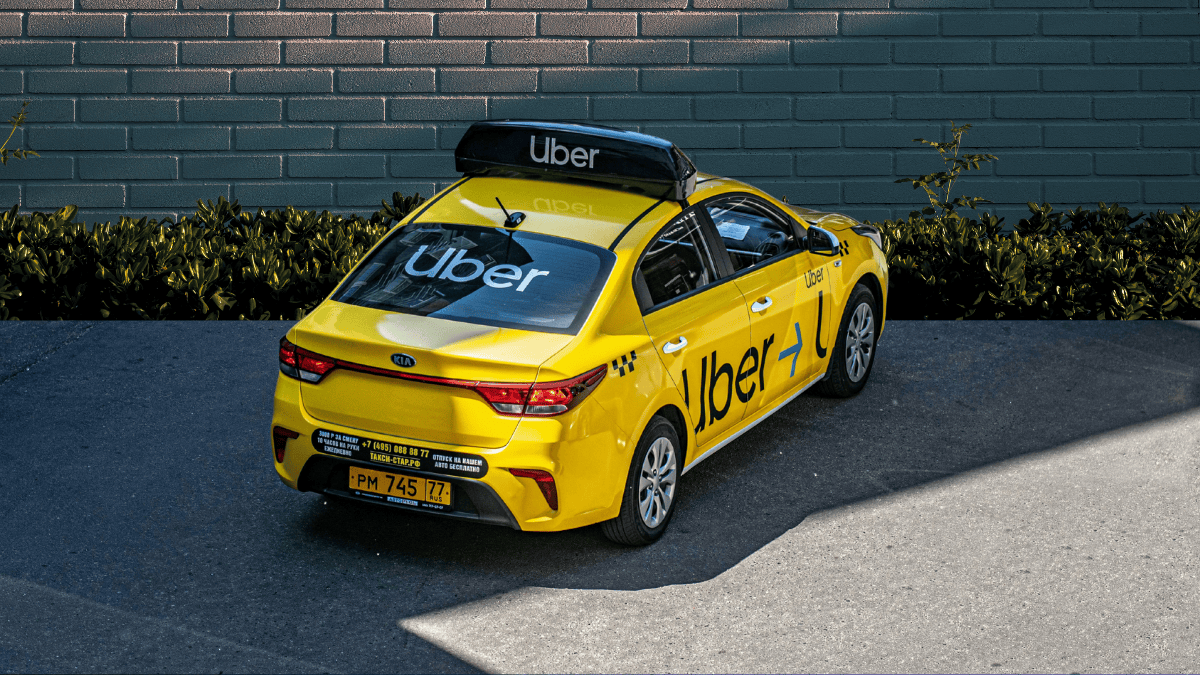Uber drivers are swapping gas tanks for batteries—but finding somewhere to plug in is the new headache.
To tackle this, Uber brought in heavy artillery: Rebecca Tinucci, the former head of Tesla’s Supercharger team. Her mission? Solve the charging crisis.
After years of cost-related hesitation, EV prices—mainly used ones—have finally dropped to a point where Uber drivers are jumping in. The issue now isn’t whether they can afford an EV. It’s where to charge the thing.
Price anxiety is out. Plug anxiety is in.
Uber’s own data shows that charging access is now the number one concern among its EV-driving workforce. And they’re not just complaining about public stations—home charging is the real gap.
Only about one-third of Uber’s U.S. EV drivers have the luxury of home charging. That’s a big deal, considering home outlets handle the bulk of EV charging. Research shows 64% of Americans live within two miles of a charger—but how many are fast chargers or even accessible without paying for parking? That’s anyone’s guess.

And the U.S. looks positively luxurious compared to other countries. In the UK, just 27% of Uber drivers can charge at home. In the Netherlands? A meager 13%. The problem’s global.
Now imagine being a rideshare driver. You’re on the road all day, live in an apartment, and come home with no place to charge. Installation isn’t just impractical—it’s sometimes impossible.
Enter Tinucci. And she’s not wasting time.
Fired during Tesla’s abrupt Supercharger shake-up, Tinucci has landed at Uber with a purpose: overhaul EV infrastructure fast. Just nine months into her role, she’s already secured partnerships aimed at expanding charging access for 55,000 drivers in London, Boston, and Phoenix. She’s also deploying a data tool across 40 cities to help governments figure out where chargers are needed most.
“We’ve got to get to work,” she said bluntly. “I know this space well—but it’s not easy.”
Uber drivers: the dream customers for charging networks
Think about it. These drivers are on the road constantly. They follow daily patterns. Their charging and parking routines are predictable. That makes them ideal users for well-placed infrastructure.
Uber says it now has 230,000 EVs on its global platform—a jaw-dropping 60% jump since early 2024. So, it makes sense that charging is now the top concern.
Proof it works? Look to London.
Three years ago, Uber poured $6.8 million into building 700 chargers across a single borough in London, where many drivers lived. Those stations now see double the usage of the national average. That’s not a coincidence—it’s strategy.
Now, Uber is scaling that model globally.
The company says it’s already covering about 60% of its drivers’ charging needs through a blend of planning and investment. For the rest, it’s turning to a new digital tool called the Electric Vehicle Infrastructure Estimator, which predicts charger demand based on real driver behavior.
But there’s another race happening: the robotaxi revolution.
Uber recently partnered with Waymo, opting not to build its own autonomous system. That means human drivers still power the core of Uber’s business—for now. And those drivers need chargers.
Until self-driving fleets truly take over, Uber has to support its current workforce. That starts with fixing EV charging—fast.
For more Uber-related news, visit the Uber newsroom.
👉 Please 📩SUBSCRIBE to us for more real-world EV analysis, news, and deep dives — written for EV fans by EV fans.
Hey, I’m Badal! I’m super passionate about cars—especially electric ones. Whether it’s EVs, electric trucks, bikes, or anything with a battery and wheels, I’m all in. I love writing blogs and articles that break things down for fellow enthusiasts and curious readers alike. Hope you enjoy the ride as much as I do! Enjoyed reading? You can buy me a coffee on PayPal ☕ → paypal.me/BadalBanjare
